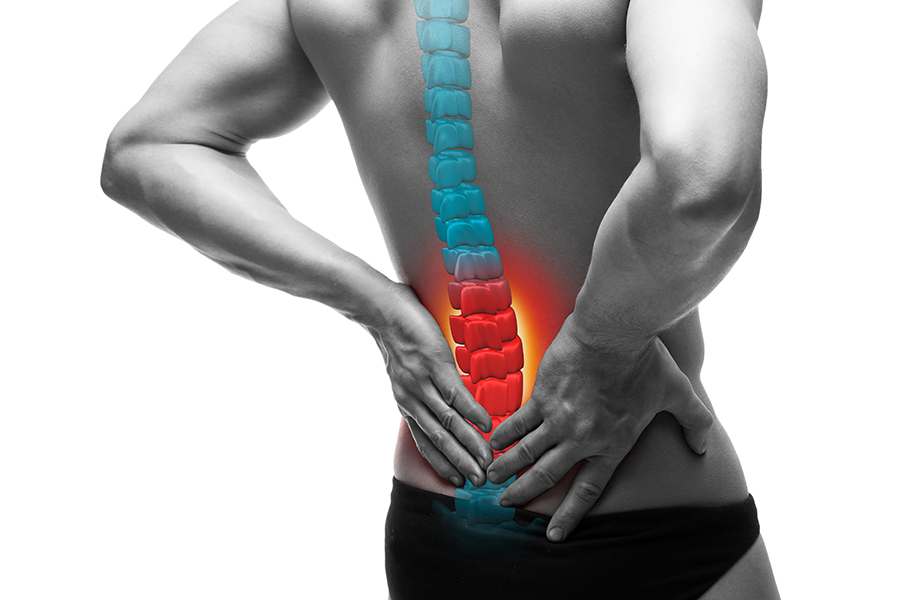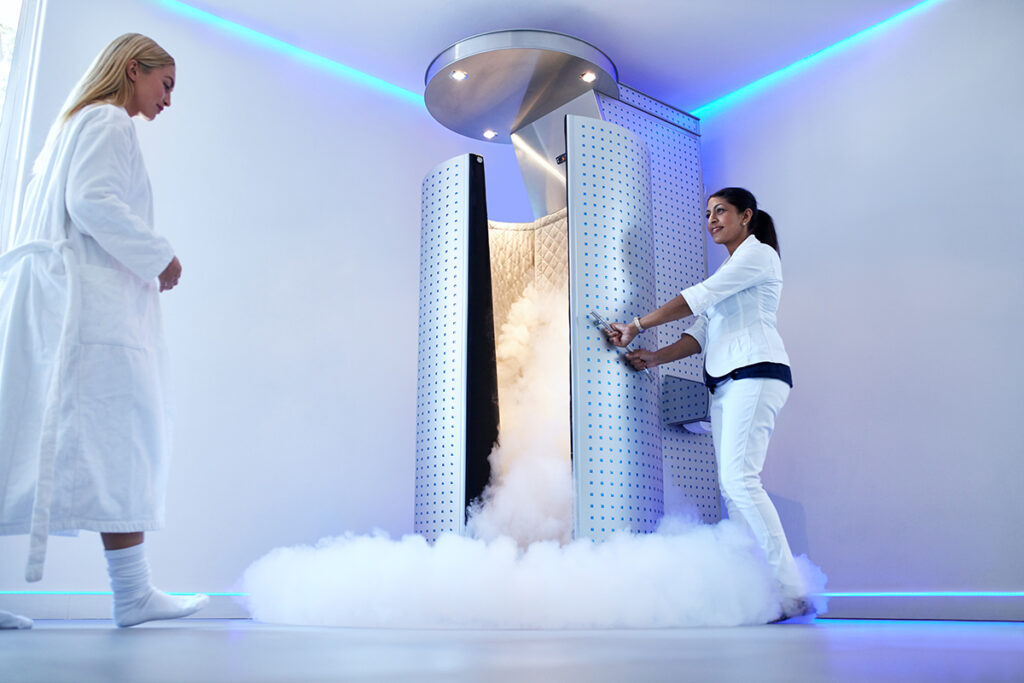Sometimes, health issues don’t have simple answers. We usually go to a primary care physician with symptoms, then follow their advice and direction. But, where can we go for more solutions or help give us the relief that sometimes eludes us?
That’s where alternative medicine can be considered.
Alternative medicine may be called non-traditional or non-conventional. Conventional is a more accurate term because some non-traditional therapies have been used traditionally by indigenous or ancient cultures for centuries. Alternative methods are also referred to as “complementary” or “integrative” because these therapies can be used in tandem with conventional treatments. There is much that conventional and non-conventional approaches can gain from each other.
CHIROPRACTIC

A well-known approach to health is Chiropractic care, which involves adjusting the spine to bring the vertebrae back into normal alignment to relieve pressure or pain in attached nerves. Chiropractors ensure the muscles surrounding the joints are working properly and can also treat arthritic joint functioning.
Recommended at any age, including newborns, total treatment can include spinal rejuvenation, cold laser therapy, decompression, and heat. These therapies may reduce nerve damage, improve vital functions of the nervous system, and increase the ability to move without pain. Chiropractic care focuses on sciatica, neck and back pain, headaches, and carpal tunnel syndrome.
Individuals who should not seek chiropractic care are those with osteoporosis, bone cancer, bone and marrow diseases, and those with broken bones.
ACUPUNCTURE

Acupuncture, a component of traditional Chinese medicine, is becoming more accepted in Western culture. This ancient practice involves inserting fine needles into the skin where “energy points” and meridians regulate specific body functions. It is most commonly used to reduce pain, stimulate the nervous and immune systems, and improve overall health. It may ease digestive and sleep problems and allergies, increase energy, and help couples struggling with infertility.
Recent scientific studies show acupuncture may even aid in language and memory retention in Alzheimer’s and Parkinson’s patients.
One 77-year old male patient compared his experience with conventional medicine and acupuncture as an alternative means to find relief of chronic leg pain caused by surgical scar tissue, which worsened at night. After one month’s time in treatment he was delighted to note a positive change. “I didn’t want another surgery, so I saw three different specialists over two years. They prescribed pain relievers, physical therapy, and even shoe inserts. It wasn’t until I tried acupuncture that I had a drastic reduction in pain. Now I sleep pain-free all night.”
Few risks exist with acupuncture, but a patient may sometimes have some pain and/or bleeding at the insertion site. And there’s an inherent risk of infection. Some patients report feeling drowsy after treatment. It’s important to note that acupuncture isn’t recommended for anyone with bleeding disorders.
SUPERFOODS

The high vitamin and mineral content found in superfoods can help the body fight disease and improve wellness. When incorporated into a well-balanced diet, these foods can promote heart health, weight loss, improve energy levels and even reduce the effects of aging.
Superfoods include barley grass, spirulina, and chlorella, which contain high concentrations of vitamins, minerals, enzymes, amino acids, and antioxidants, plus they are rich in non-animal protein. These are recommended for people with low energy, allergies, aches and pains, and digestive issues. Most people mix a powder form in water or juice. Chlorella also comes in tablet form.
JUICING fresh fruits and vegetables may yield similarly high levels of vitamins and minerals, but for high protein content, algae and kelp substances are the clear winners.
Adding these foods to your diet may boost the immune system and lower cholesterol, lower the risk of heart problems and high blood pressure, and perhaps prevent cancers and diabetes. Chlorophyll is part of these green foods, which detoxifies the liver of heavy metal poisoning. The drink fills the stomach, reducing hunger, thereby helping with weight loss.
One long-time barley grass devotee explained how it helped her 84-year old mother whose doctor presumed she might live just a few more weeks due to malnutrition and lupus. “Mom looked so shriveled and fragile. Since she couldn’t eat regular meals, I put a small amount under her tongue each day. Three weeks later, she could walk half a mile. She started volunteering because she had too much energy to stay home.”
Barley grass is not recommended for people with allergies to barley or grasses and can be risky for those with celiac disease or phenylketonuria.
CRYOTHERAPY

Cryotherapy is the modern take on the ice bath. Called the “icebox difference,” the process involves exposing the whole body to nitrogen-cooled air for three to four minutes. Coaching and soft music help to cope with mild discomfort. Exposure to very low temperatures elevates the body’s metabolism and immune system and increases energy, aiding weight loss. It addresses muscle and joint pain, arthritis, the healing of wounds such as post-surgical incisions. Mood improvements can stem from the release of endorphins and natural adrenaline. Because of a metabolic boost, improved blood flow can give the skin a younger appearance.
The main risk is possible skin irritation. Pregnant women and people with heart problems, high blood pressure, or neuropathy shouldn’t try cryotherapy.
STRETCH THERAPY
The average person sits for anywhere between six to eight hours every day, which adds up over time. Stretch practitioners help clients with assisted, dynamic stretching exercises using straps and stabilized tables or surfaces. Just like gym trainers, stretching practitioners ensure every muscle and joint of the body is healthy, relaxed, free from pain and stress.
Developed in 1999 by Jorden Gold, practitioner-assisted stretching re-establishes a person’s ideal resting muscle tone. Jorden was encouraged to switch from training to stretching by the results he saw in his professional athletes, and he developed a proprietary methodology and table.
Stretch methods address muscle imbalances, joint stiffness, and sleep problems but also improve circulation and can also heal joint ailments like arthritis. Regular stretching may improve overall health by reducing stress and muscle tension and gradually increasing the range of motion in joints. It is also known to boost athletic performance significantly.
The process begins with clients lying down on a cushioned stretching table, while a trained practitioner positions, stabilizes, and isolates muscles. Clients relax while the professional isolates problems and holds the poses.
The risk with stretching is having it done by someone who is not trained correctly in dynamic stretching techniques. This approach is not recommended for those with osteoporosis or hypermobility (extreme flexibility).
